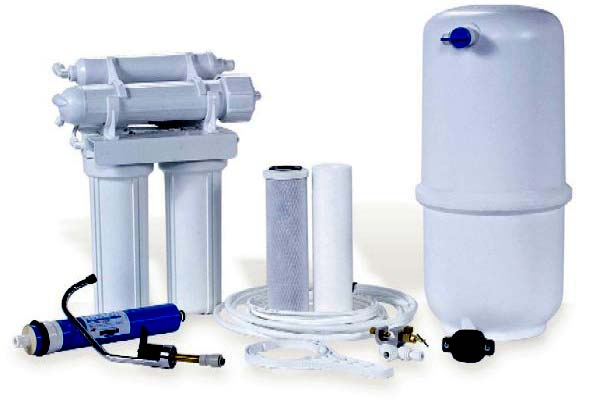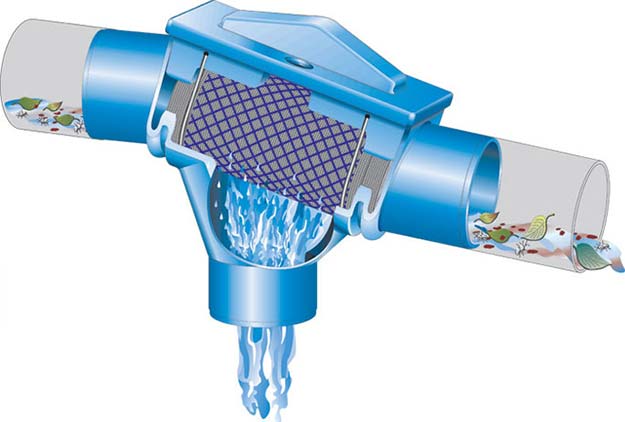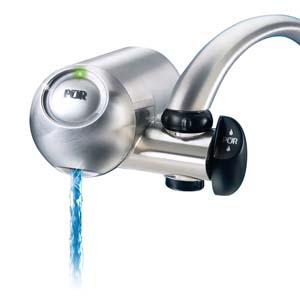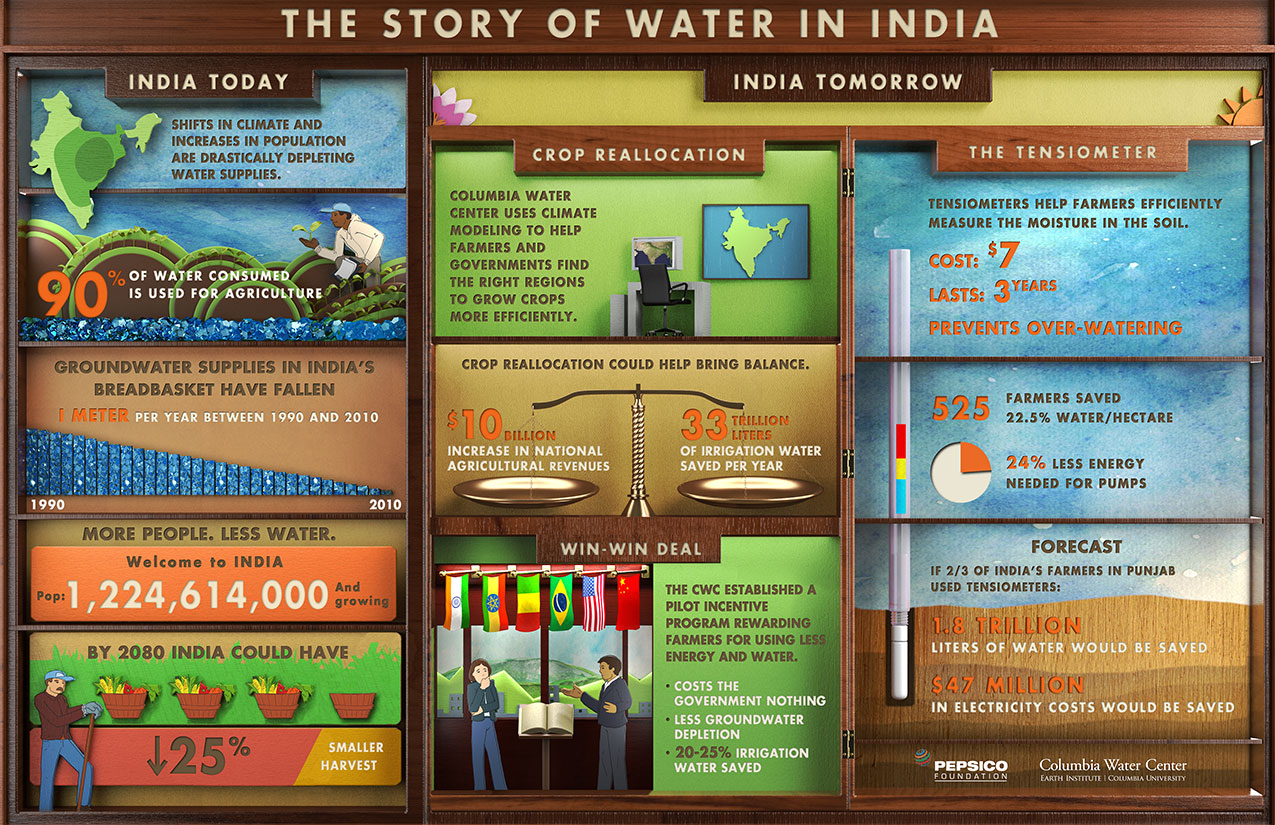The semi-permeable membrane used in reverse osmosis contains tiny pores through which water can flow. The small pores of this membrane are restrictive to such organic compounds as salt and other natural minerals, which generally have a larger molecular composition than water.
These pores are also restrictive to bacteria and disease-causing pathogens. Thus, reverse osmosis is incredibly effective at desalinating water and providing mineral-free water for use in photo or print shops. It is also effective at providing pathogen-free water. In areas not receiving municipally treated water or at particular risk of waterborne diseases, reverse osmosis is an ideal process of contaminant removal. Read more






